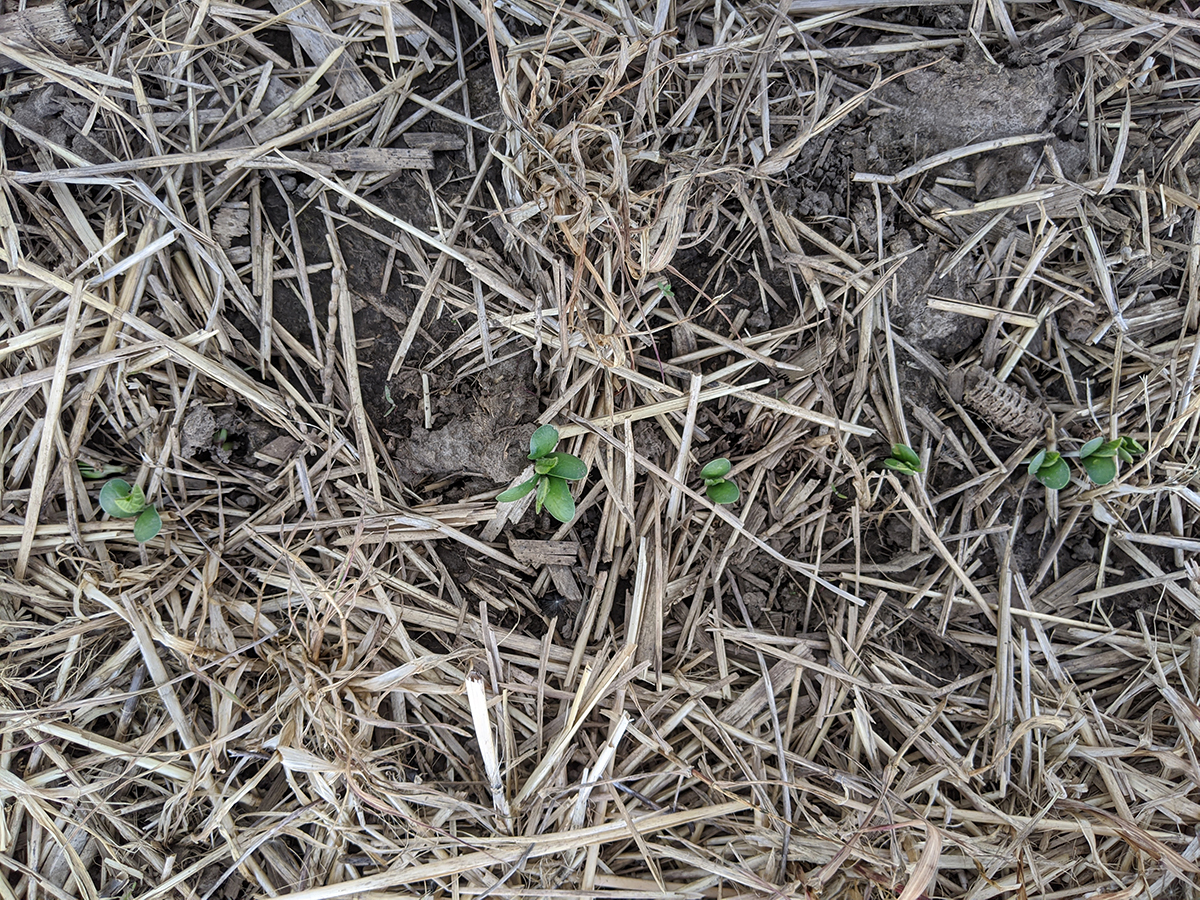Soybean yield is positively linked to organic matter, but planting date remains more influential

Looking at the relationship between soil health indicators and crop yield can help make sure that these tests align with farmers' goals. In a recent study published in the Soil Science Society of America Journal, researchers looked at the relationship among soybean yield and soil organic matter (SOM), permanganate oxidizable carbon (POXC), and autoclave citrate extractable nitrogen (ACE-N) on 457 farmer fields across the United States. These tests were assessed alongside other factors known to influence soybean yield (soil type, precipitation, soil nutrients and pH, location, and planting date) with samples coming primarily from Wisconsin, Michigan, Arkansas, and North Carolina.
The researchers found that overall, SOM and POXC had a weak but positive relationship with soybean yield, but ACE-N was not related to yield. When accounting for the other factors known to influence soybean yield, the relationship was stronger. Of the tested factors, SOM, POXC, planting date, soil test potassium, and estimated clay content influenced soybean yield. However, SOM and POXC closely mirror each other, so these factors were tested in separate models. When looking at standardized effect size, planting date had the largest influence on yield, followed by clay content, potassium, and POXC or SOM.
The study indicates that higher soil organic matter is linked to higher soybean yield, but planting date was a more important factor.
Dig deeper
Malone, L. C., Ruark, M. D., Vann, R. A., Singh, M. P., Ross, W. J., & Conley, S. P. (2025). Soybean yield is positively linked to organic matter, but planting date remains more influential. Soil Science Society of America Journal, 89, e20779. https://doi.org/10.1002/saj2.20779
Text © . The authors. CC BY-NC-ND 4.0. Except where otherwise noted, images are subject to copyright. Any reuse without express permission from the copyright owner is prohibited.







